Huawei may have found the solution to making foldable smartphones more practical. While foldable smartphones may be technological gems that cost upwards of €2,000, they're still imperfect in one specific respect: the screen ratio. By this term, we mean the ratio between the screen's length and width. A consideration that may seem obscure and technical, but it takes on particular importance in the age of video.
The Problem with the Fold
For now, you have two imperfect choices. On one side, we find the Galaxy Z Fold 6, the Honor Magic V3, the Pixel 9 Pro Fold and the Huawei Mate X6, all in the so-called book format.
On paper, these have a large internal screen, their main selling point. While it's true that it's great for browsing and productivity tasks, when it comes to launching a video, it's a bit more complicated. Since video formats are often designed for 16:9 screens, the more square screen ratios of Fold-style smartphones aren't suitable. The video display area often becomes tiny on these devices, with two huge black bars on either side.
The Flip Problem
The other solution isn't much better in this regard. Flip-style smartphones like the Galaxy Z Flip 6 or the Xiaomi MIX Flip suffer, for reasons of compactness, from an overly elongated ratio, between 21:9 and 22:9. This time, the 16:9 aspect ratio translates into landscape format with black borders on the sides and, once again, a reduced display area.
In short, foldable smartphones, whose basic goal was to get bigger screens on our phones, fail to fulfill their mission when it comes to video. This is where Huawei's new folding smartphone comes in.
Recently, the Chinese brand had already proposed a solution for the Fold format: adding a second fold that allows for a wider format and therefore closer to a tablet with the Huawei Mate XT. The giant is now tackling the clamshell format with a solution that is, to say the least, original.
The Huawei Pura X chooses a 16/10 screen
So here is the Huawei Pura X. At first glance, it looks a bit like a clamshell smartphone, with its 3.5-inch external screen that gives pride of place to a widget system. But its great strength, as we have said, lies in the ratio of its internal screen, which displays 16/10 (2120 × 1320 pixels). This gives it an unusual look, it must be said. We are indeed not used to seeing smartphones this large.
To get an idea, you can watch the manufacturer's demonstration video published on Weibo below.
As for the rest of its configuration, some notable elements stand out, such as the presence of three photo modules, including a telephoto lens and an ultra-wide-angle lens, a relatively large battery for a folding smartphone (4720 mAh), and IPX8 certification.
So far, the phone has only been unveiled in China. It would be surprising to see it released in France.


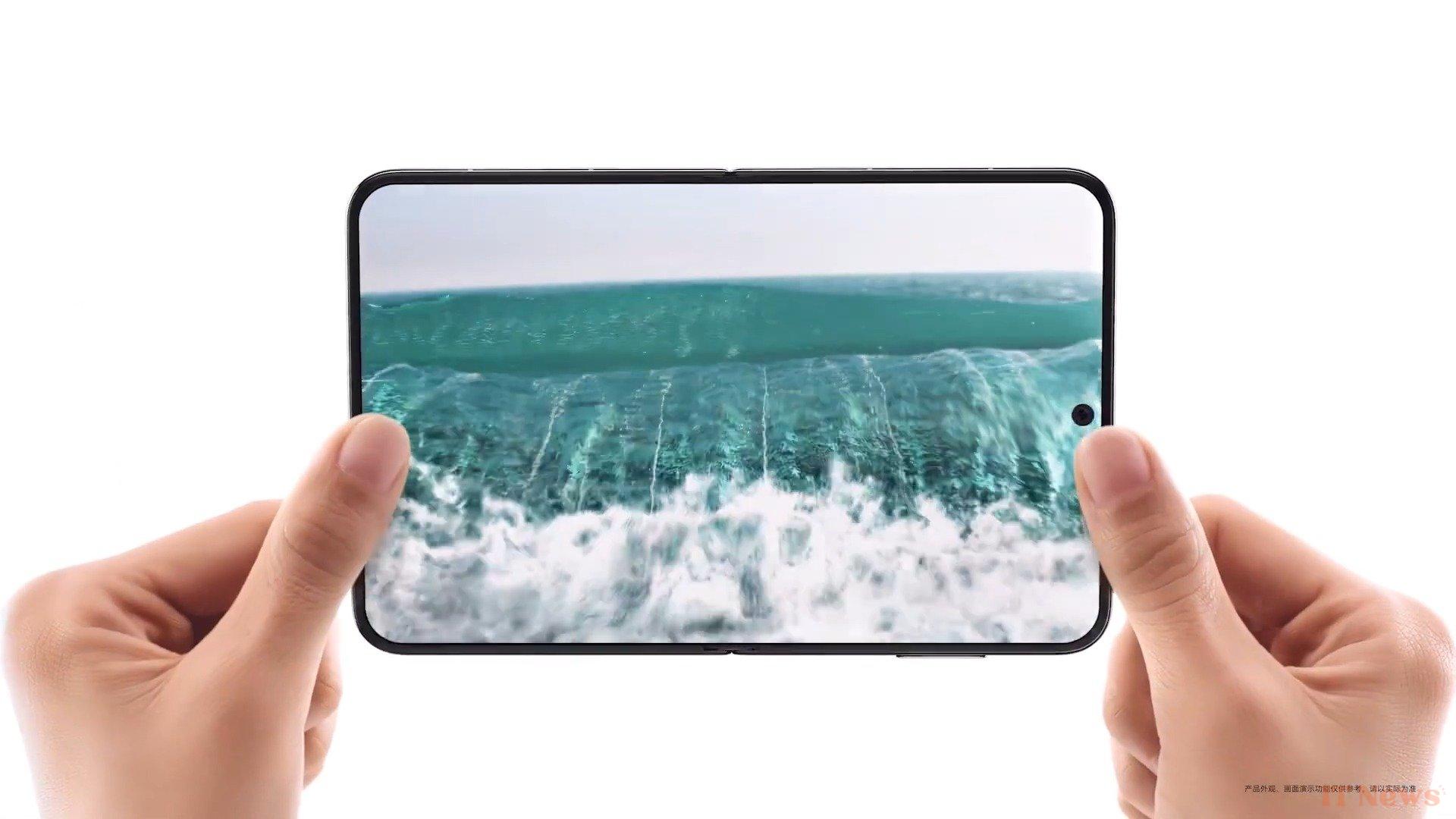
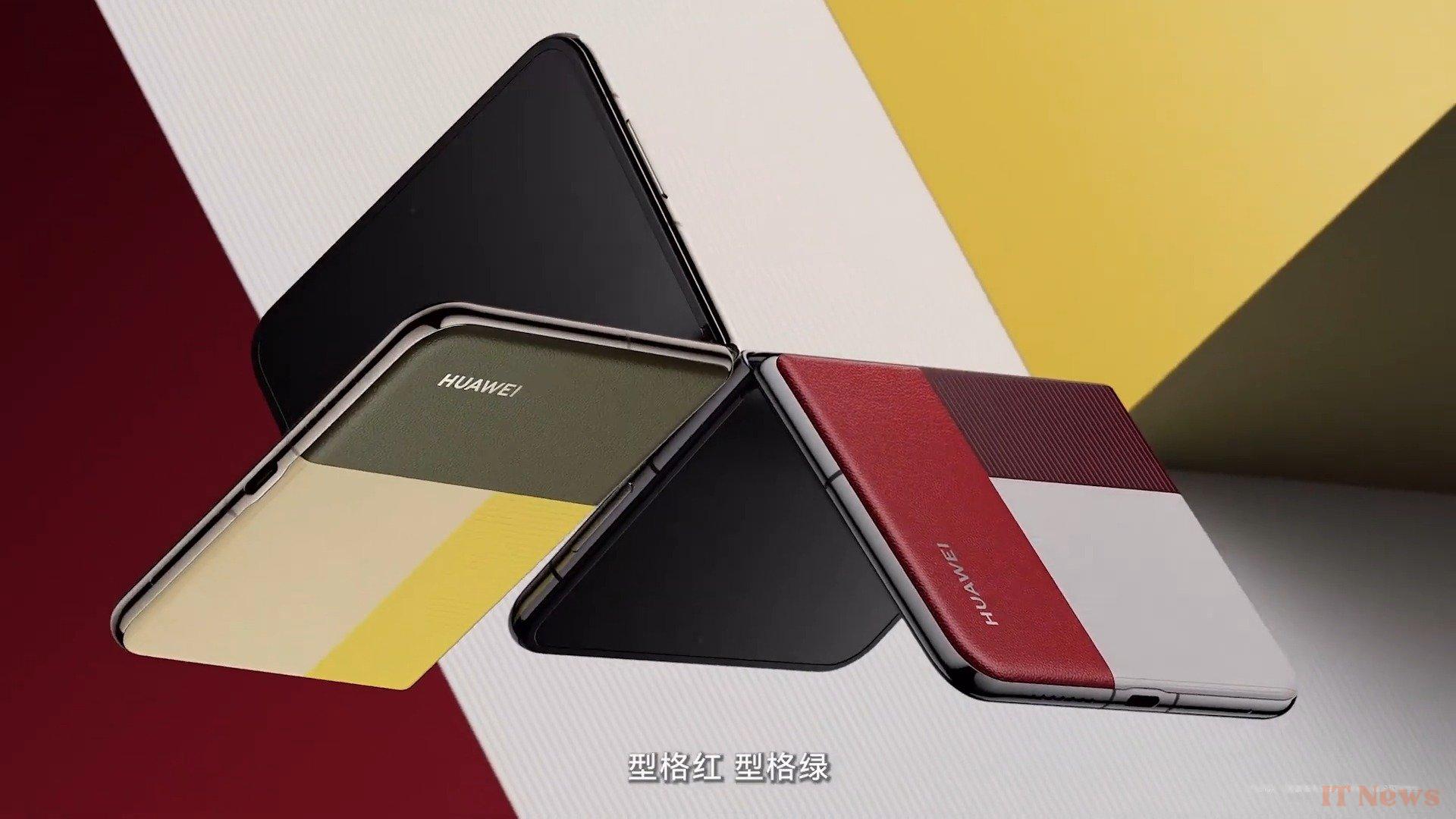
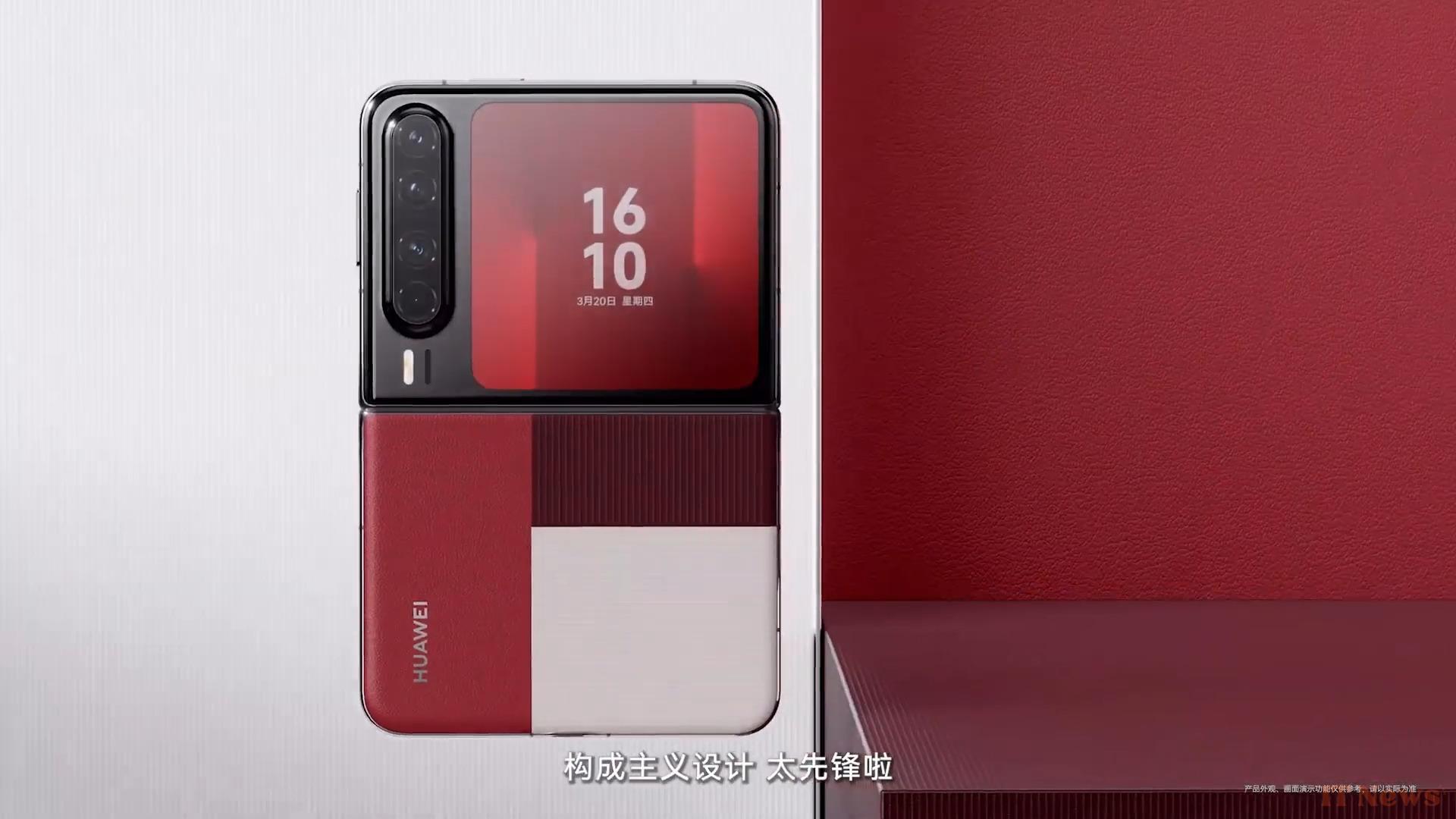
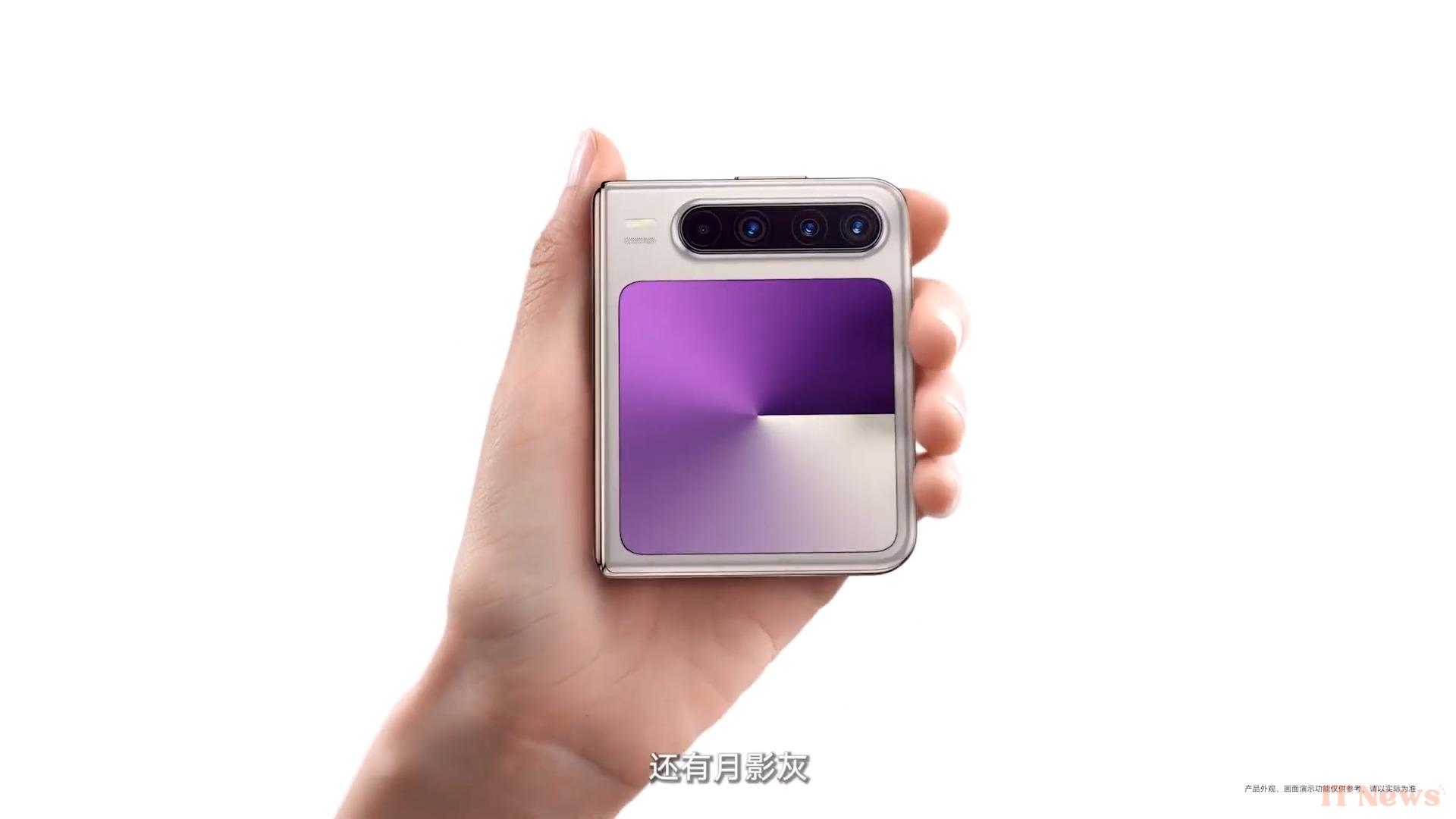
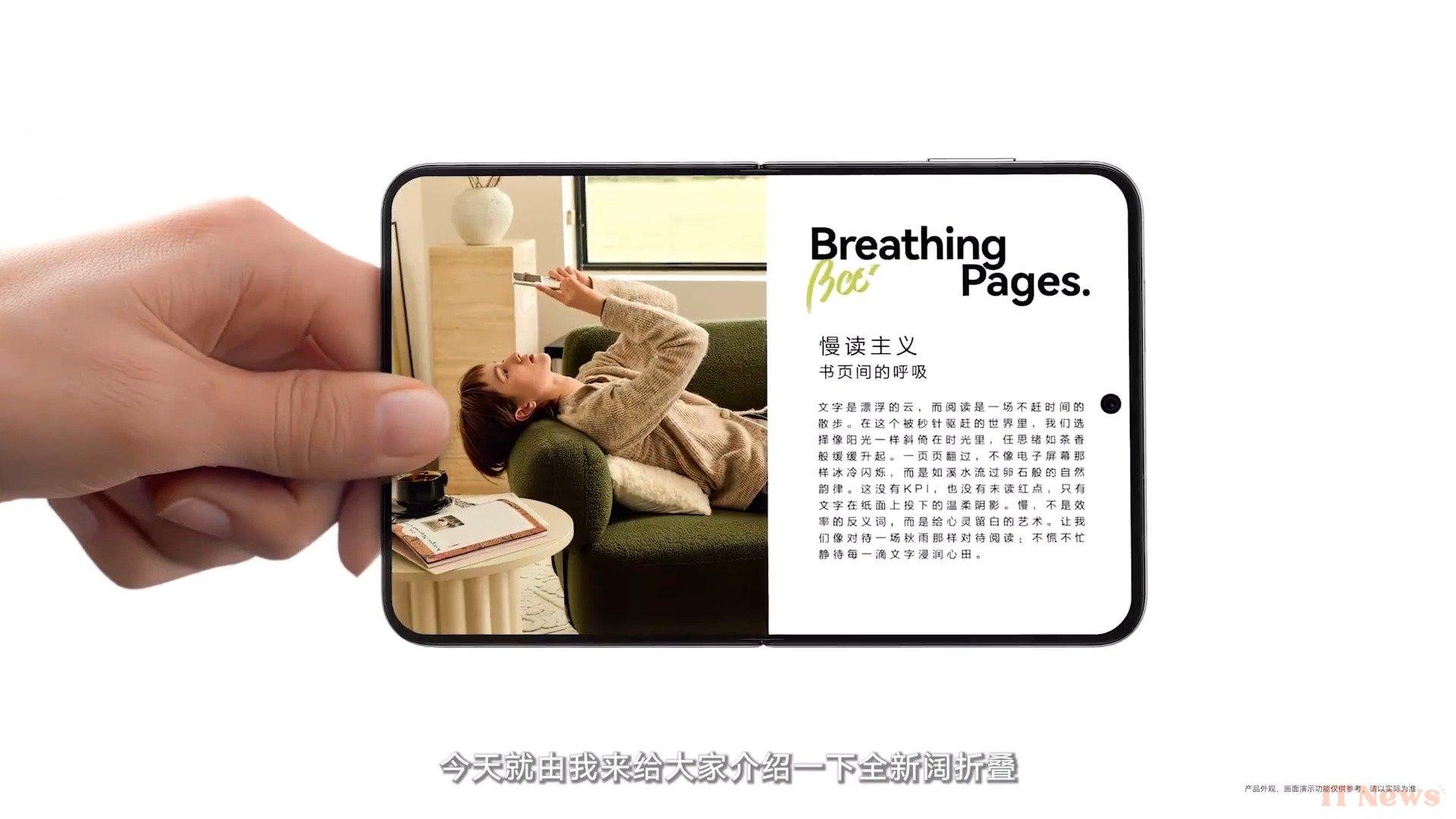

0 Comments